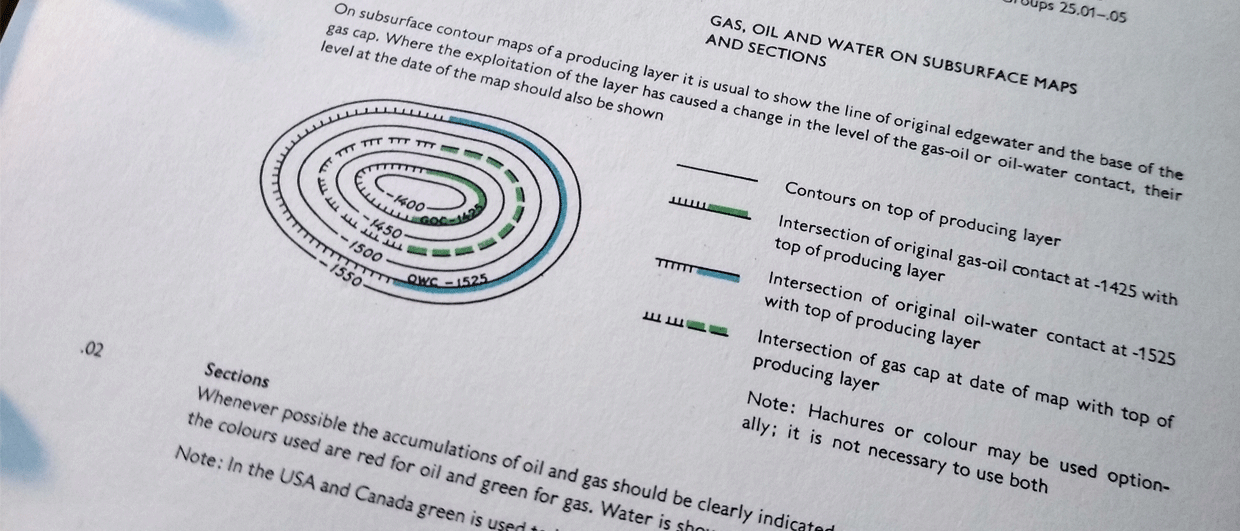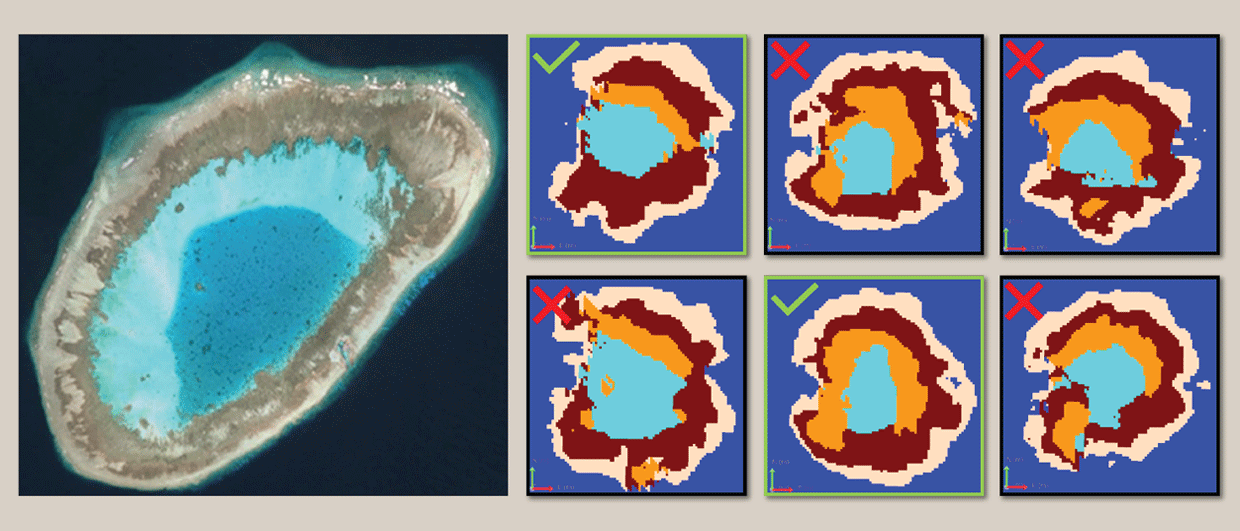3D reservoir modelling is built on 2 pillars: the static and dynamic reservoir models. The static model quantifies the architecture of the reservoir and the volume in place at initial conditions and it serves as a platform for forecasting the future performance of the reservoir. The second pillar is the dynamic simulation aiming at physically describing the hydrocarbon production scheme for the reservoir and is the backbone of the field development plan.
The commonly encountered challenge is that the validation of the initial reservoir properties can only be performed during the dynamic simulation stage through the “reverse validation” history match process. Past reservoir performance is thus used as a calibration to put confidence in the prediction of future production.
Permeability, perhaps the most critical reservoir property, acts as a cornerstone between the static and the dynamic domains. With increased production time, the history match process often becomes challenging and requires the introduction of “manual edits” in the initial static reservoir
picture to satisfy acceptance criteria. In general, permeability is the main parameter to be manually edited as it has the most sensitive impact on pressure change, production rate, water breakthrough timing and evolution. And the most common way to modify the permeability model is to
apply the infamous multipliers.
Tweaking
Permeability multipliers represent swathes of the reservoir where a bulk permeability multiplier is applied to improve history match either locally or globally. General scenarios for an oil reservoir include permeability boost (multiplied by a factor > 1) when the simulated oil rate falls short against the actual performance of the reservoir. On the other side, permeability can be toned down (multiplied by a factor < 1) when water breakthrough comes early or water cut evolution is too rapid.
Because permeability is not measured directly at the well level other than well test and production performance, modelling permeability at initial conditions remains the most challenging reservoir property endeavor. Finding a relationship between porosity and permeability at plug scale and building permeability prediction log using machine learning algorithms are today’s most popular workflows. Using permeability multipliers is ultimately a diagnostic informing that the dynamic of the reservoir is not properly represented by the static reservoir
model.
The usual suspects are the presence of features that contribute to flow but are not captured at plug scale (think fractures or vugs), model resolution issues where the vertical resolution is too coarse resulting in an excessive averaging of the permeability or the elimination of outliers on the high side that were mistakenly attributed to spurious data points.
On that basis, with each permeability multiplier introduced in a reservoir model comes an erosion in predictive power to the point that future performance forecast is clearly at risk.



